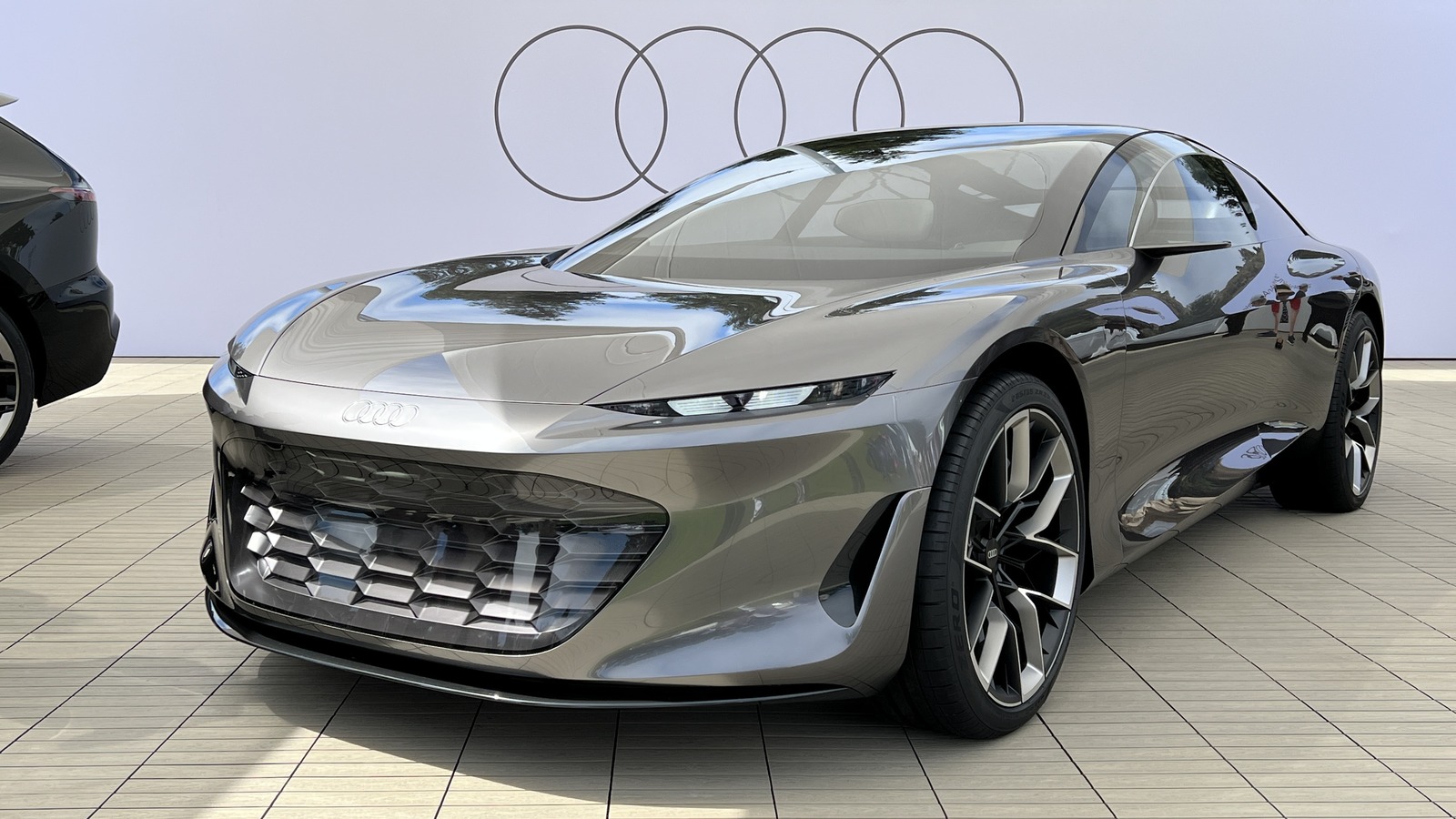As electric vehicles (EVs) become increasingly popular, the need for reliable and efficient electric car chargers is more critical than ever. Electric car charger infrastructure plays a crucial role in supporting the widespread adoption of EVs by providing drivers with convenient and accessible charging solutions. In this comprehensive guide to electric car chargers, we’ll explore the various types of chargers available, installation considerations, and tips for maximizing charging efficiency.
Understanding Electric Car Chargers
Electric car chargers, also known as electric vehicle supply equipment (EVSE), are devices that supply electric energy to recharge the batteries of electric vehicles. These chargers come in different configurations and power levels to accommodate various EV models and charging needs. The three main types of electric car chargers are Level 1, Level 2, and DC Fast Chargers.
- Level 1 Chargers: Level 1 chargers are the most basic type of electric car charger and typically use a standard 120-volt household outlet. These chargers provide a slow charging rate, typically delivering around 2-5 miles of range per hour of charging. Level 1 chargers are best suited for overnight charging at home or in situations where faster charging is not required.
- Level 2 Chargers: Level 2 chargers offer faster charging speeds compared to Level 1 chargers, making them a popular choice for residential and commercial charging stations. These chargers require a 240-volt electrical supply and can deliver anywhere from 10 to 60 miles of range per hour of charging, depending on the vehicle and charger specifications. Level 2 chargers are ideal for home charging stations, workplace charging, and public charging infrastructure.
- DC Fast Chargers: DC Fast Chargers, also known as Level 3 chargers, are the fastest charging option available for electric vehicles. These chargers use direct current (DC) power to deliver rapid charging rates, providing up to 80% of a vehicle’s battery capacity in as little as 20-30 minutes. DC Fast Chargers are commonly found along highways and major travel routes, allowing drivers to quickly recharge their EVs during long trips.
Installation Considerations
When installing an electric car charger, several factors should be taken into consideration to ensure optimal performance and safety:
- Electrical Capacity: Determine whether your home or facility has sufficient electrical capacity to support the charger’s power requirements. Level 2 chargers typically require a dedicated 240-volt circuit, while DC Fast Chargers may require higher voltage and current capacities.
- Location: Choose a suitable location for installing the charger, taking into account factors such as accessibility, weather protection, and proximity to the vehicle parking space. For home installations, consider installing the charger in a garage or carport for added convenience and security.
- Permitting and Codes: Check local building codes and regulations to ensure compliance with permitting requirements for electric car charger installations. Some jurisdictions may have specific requirements for electrical work and charger installations, so it’s essential to obtain the necessary permits and approvals before proceeding.
- Professional Installation: While some Level 1 chargers can be plugged into standard household outlets, Level 2 and DC Fast Chargers typically require professional installation by a licensed electrician. Hiring a qualified installer ensures that the charger is installed correctly and safely, minimizing the risk of electrical hazards or damage to the vehicle.
Maximizing Charging Efficiency
To maximize the efficiency and effectiveness of your electric car charger, consider the following tips:
- Schedule Charging: Take advantage of off-peak electricity rates by scheduling charging sessions during times when energy demand and electricity prices are lowest. Many EV charging stations and vehicles offer programmable charging timers that allow you to optimize charging schedules based on your preferences and utility rates.
- Monitor Charging Speed: Keep track of your vehicle’s charging speed and progress using the charger’s display or mobile app. Monitoring charging speed can help you identify any issues or inefficiencies with the charger or vehicle and make adjustments as needed.
- Maintain Battery Health: Avoid frequent deep discharges and overcharging, as these practices can degrade the battery’s performance and reduce its lifespan. Instead, aim to keep the battery within the optimal state of charge range (usually between 20% and 80%) to prolong its longevity and maintain maximum efficiency.
Conclusion
Electric car chargers play a crucial role in supporting the transition to electric vehicles by providing drivers with convenient and efficient charging solutions. Whether you’re charging at home, at work, or on the go, understanding the different types of chargers, installation considerations, and efficiency tips can help you make the most of your EV charging experience. By investing in a reliable and properly installed electric car charger, you can enjoy the benefits of electric mobility while contributing to a cleaner and more sustainable transportation future.
